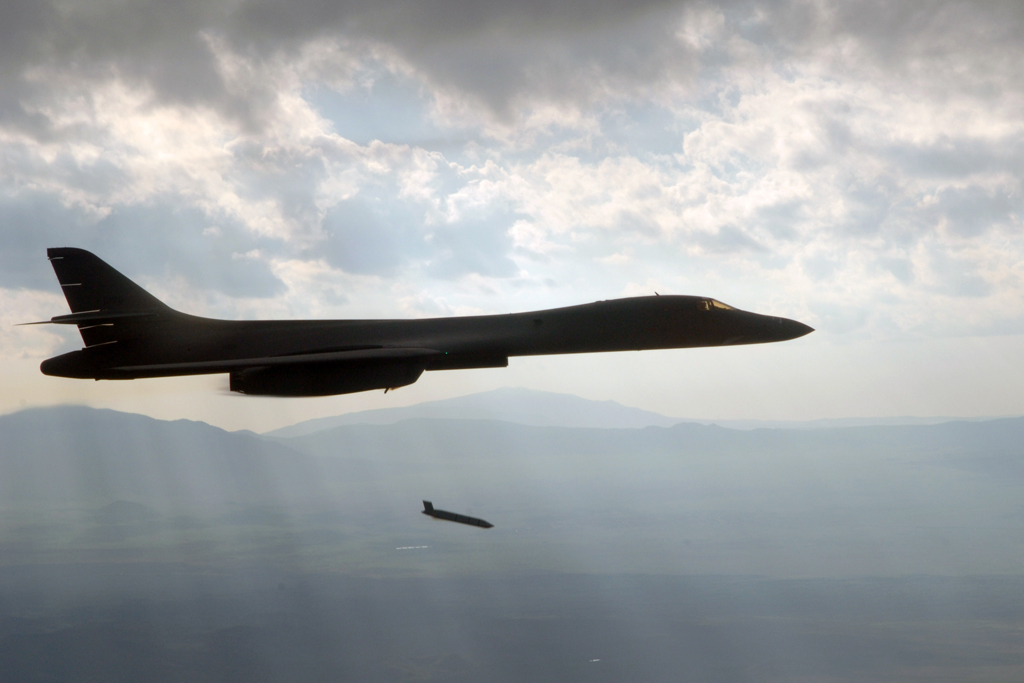
At a meeting of the U.N. General Assembly on Oct 1. North Korean Vice Foreign Minister Pak Kil-yon, one of the final speakers at the assembly’s annual gathering in New York, made the following comment:
“Today, due to the continued U.S. hostile policy towards the DPRK, the vicious cycle of confrontation and aggravation of tensions is an ongoing phenomenon on the Korean peninsula, which has become the world’s most dangerous hot spot where a spark of fire could set off a thermonuclear war.”
Pak went on to add with regards to North Korea’s nuclear deterrent, “A mighty weapon defends the country’s sovereignty.”
North Korea tested its first Nuclear device on Oct. 9, 2006 in the vicinity of P’unggye. It was an sub-kiloton yield explosion confirmed by seismic data.
It may have only been a partial success as North Korea had warned China prior to the test and said that they expected a four kiloton yield. It is also thought that the device was an implosion device; a prominent U.S. nuclear scientist estimated that around 6 kg of plutonium had been used in the weapon.
North Korea performed its second nuclear test on May 25, 2009 and announced that it was “on a new higher level in terms of its explosive power and technology of its control and the results of the test helped satisfactorily settle the scientific and technological problems arising in further increasing the power of nuclear weapons.”
Since these tests it is thought that North Korea has produced enough separated plutonium for between 6 and 12 warheads, the plutonium is thought to have been enriched at the Yongbyon facility, which is also a small nuclear power station and produces around 6 kg of plutonium per year.
Even though North Korea has the weapons, the question is: does it have the method to deliver them?
Pyongyang has a short range Scud-class ballistic missile and Seoul is only some 118 miles (190km) away. The derivative of the Scud has a range of between 280 – 700 km therefore could deliver a nuclear warhead to Seoul and cities further south in South Korea.
The North also has a medium range missile called No-dong, which is also known as Shahab-3 in Iran and Ghauri II in Pakistan which has a range of some 1,500 km.
There is also a third long range ballistic missile called Taep’o-dong-2 which has been tested fired twice, both times unsuccessfully. The most recent was during April 2012 when the second stage failed to ignite and the missile crashed into the yellow sea.
Once the North has refined the technology for the TD2 it would have the potential to reach the continental U.S. with a range of 8,000 – 12,000 kms.
In response to this sort of threat the U.S has expanded its use of X-band radars in the region. The powerful early warning radar has already been installed in northern Japan and an article in the Wall Street Journal states that another could be deployed within months in Southern Japan.
The WSJ quoted Pentagon Press Secretary George Little as saying: “North Korea is the immediate threat that is driving our missile defense decision making.”
The X-band radars can identify a missiles trajectory and then the U.S can then deploy ship based or land based missile interceptors or anti-missile systems.
Richard Clements for TheAviationist.com
Image credit: Missile Defense Agency
Related Articles
- South Korea Is Sending Three Deadly Weapons To The DMZ Border (businessinsider.com)




